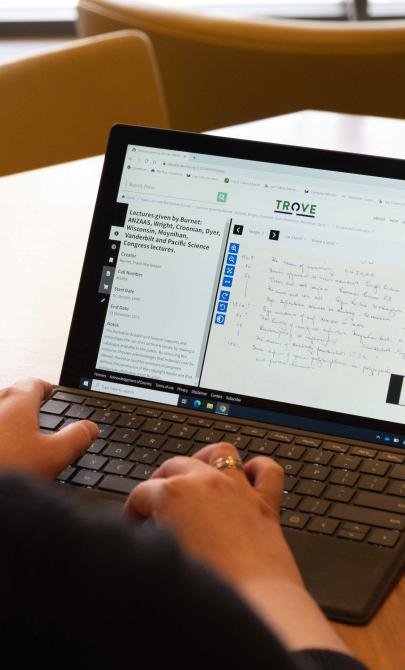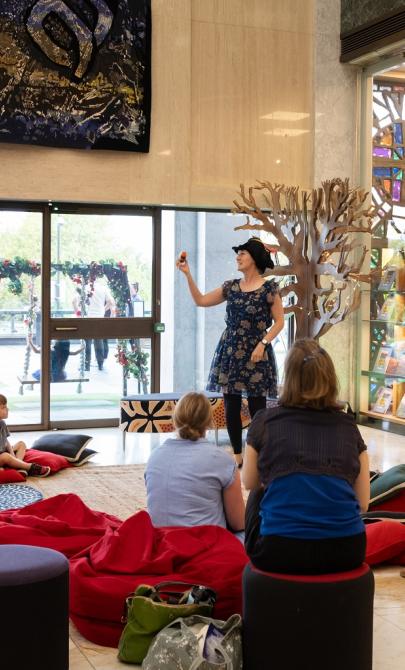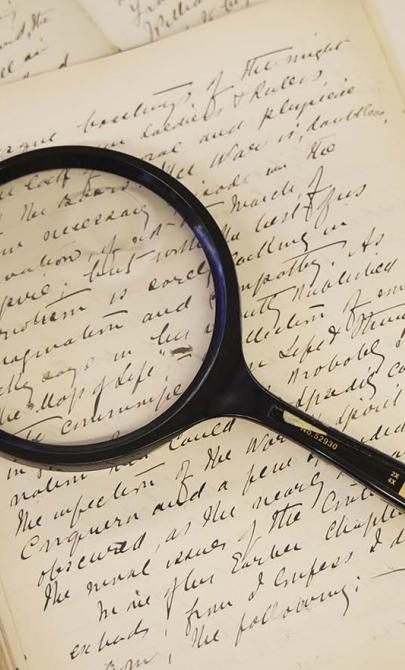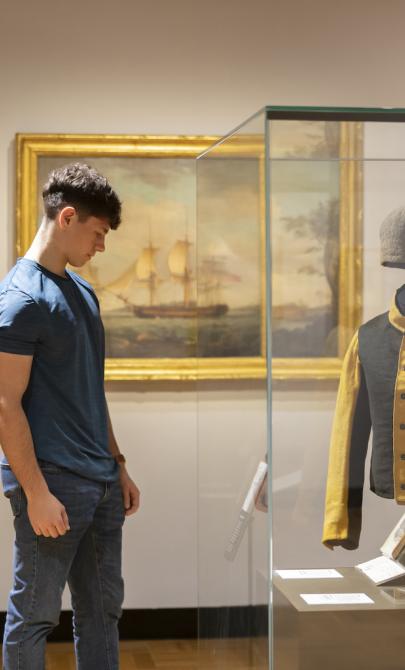Cup of Tea?
Billy Tea
To promote its tea, the Billy Tea Company featured a swagman (or ‘swaggie’) boiling his billy on its packaging.
In the early 20th century, James Inglis, the owner of Billy Tea, purchased the rights to Waltzing Matilda. Some of Banjo Paterson’s original lyrics were altered for an arrangement of the song, which was first printed in 1905—marking the earliest published version of Waltzing Matilda. Marie Cowan, the wife of Billy Tea’s manager, arranged the music and was credited on the cover.
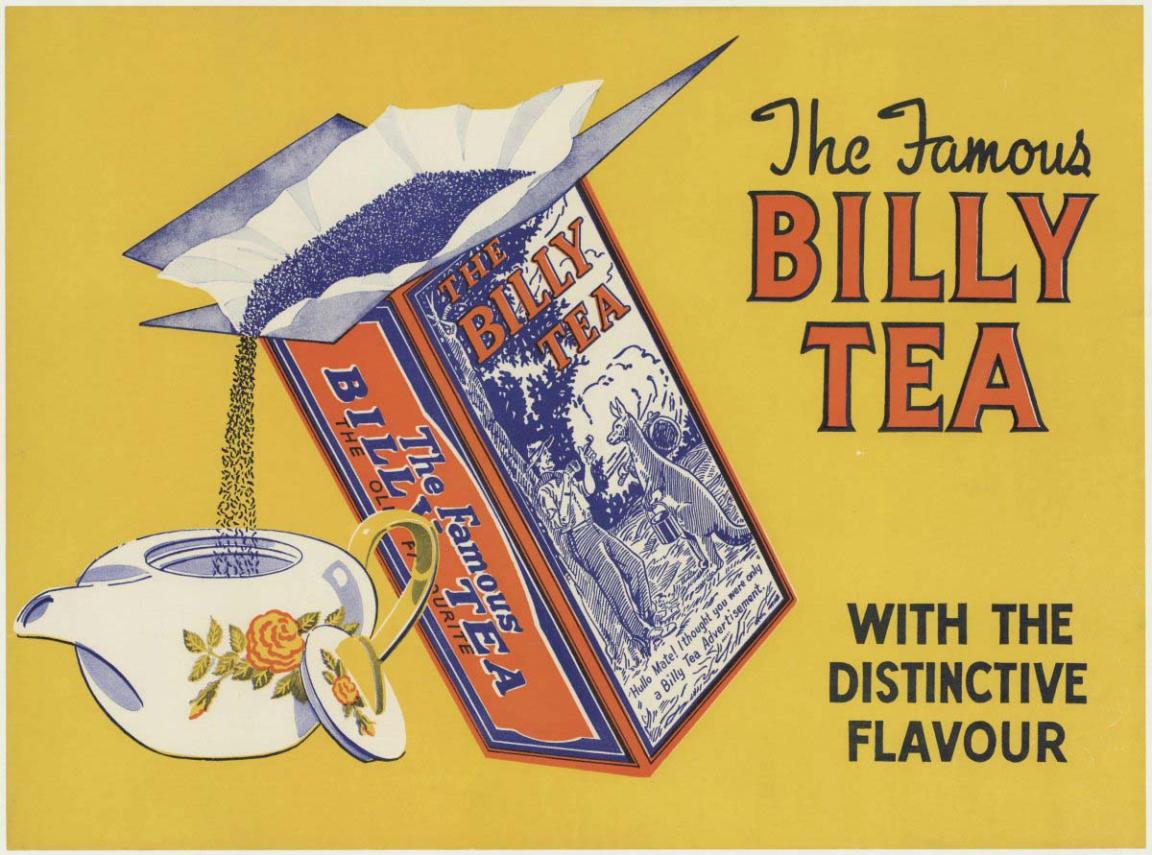
(1930). The famous Billy Tea : with the distinctive flavour, nla.gov.au/nla.obj-138235161
(1930). The famous Billy Tea : with the distinctive flavour, nla.gov.au/nla.obj-138235161
Activity 1: Compare the Lyrics
Have students compare the original lyrics with those in Marie Cowan's version. Consider:
- Which lines have changed?
- How do the changes reflect the influence of the Billy Tea Company?
Inglis, with an eye for advertising opportunities, proposed to include a free copy of the newly arranged sheet music of Waltzing Matilda with every packet of tea sold.
Robur Tea slideshow from The Sell exhibition
Activity 2: The art of the jingle
This is an example of the importance of the medium of music in advertising. Use a data projector or smartboard to explore this YouTube playlist for more examples of music used in advertising from The Sell.
Robur Tea
Robur Tea, an Australian company, was a major advertiser in magazines, newspapers, and on maps and posters.
In the 1910s and early 1920s, Robur Tea advertisements appeared on the back covers of Everylady’s Journal, a women’s magazine. Over 30 advertisements from 1916 to 1920 have been digitised for The Sell exhibition to demonstrate advertising techniques such as photography, drawing, and the use of simple colours like red and black.
A common theme in Robur Tea ads was the emphasis on economy and class, as well as the comfort tea provided. The copies of Everylady’s Journal featured in the exhibition have been preserved in their original state, doodles and all.
Activity 3: Compare and Contrast Tea Advertisements
Have students compare the advertising campaigns of the Billy Tea Company and Robur Tea. Encourage them to consider:
Did the campaigns appeal to the same audience?
What qualities of the tea did each campaign emphasise?
Were these qualities also supposed to be reflected in the customer?
Tea advertisements reveal how Australians have embraced the beverage and how it has been marketed to them.
Acknowledgement
This resource has been generously supported by Optus. Through the Digital Thumbprint program and Kids Helpline @ School, Optus supports digital knowledge and the positive use of technology.
If you’d like to learn more about the Digital Thumbprint program, please visit the website or, if you’re interested in booking the program at your school, you can register your interest.


